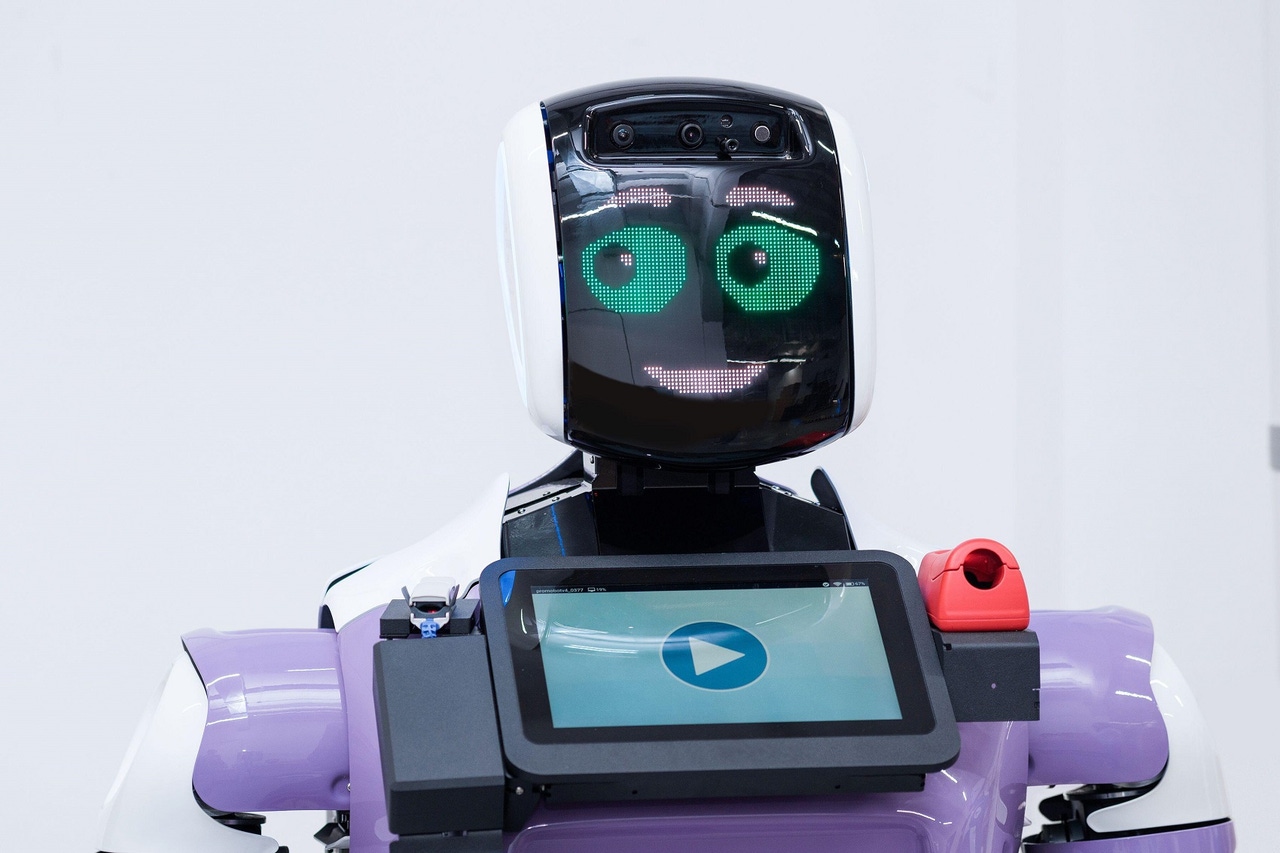Cobots and AI: A Natural Match?Cobots and AI: A Natural Match?
Collaborative robots are getting smarter and more intuitive. What does this mean for their human colleagues?

Meet your talented new coworker. It’s a robot.
Collaborative robots (cobots) are designed to help human professionals, in fields ranging from manufacturing to medicine, work more safely and productively. Adding artificial reality to cobots promises to make the technology more adaptable and intuitive.
Cobots are already revolutionizing industries, ranging from manufacturing and healthcare to construction and training, says Douglas Kent, executive vice president of corporate and strategic alliances at the Association for Supply Change Management (ASCM) in an email interview. “The addition of AI technology would take that advancement to the next level.”
Until now, cobot technology has primarily focused on single-point functions, such as helping workers lift and pack products. “AI has the ability to expand and enhance such capabilities, furthering productivity, safety, and accuracy,” Kent says.
Kent predicts that AI-powered cobots will foster a deeper collaboration and partnership between humans and devices, improving both efficiency and peace of mind. “Cobots can be used to help humans in a variety of ways, from taking over repetitive and manual tasks and adding layers of safety to improving data analysis and demand forecasting,” he explains. This not only helps businesses improve the efficiency and accuracy of many routine work tasks, but also offers relief to workers suffering under boring and mundane tasks, increasing job satisfaction. “Ultimately, the purpose of this technology is to perform tasks that humans cannot or should not do while improving global supply chain operations.”
Key Developments
The combination of cobots with technologies such as AI, large language models (LLMs), real-time vision, low- and no-code interfaces, and simulation is where much of the value is being created today, says Brian Zakrajsek, specialist leader, smart manufacturing, at Deloitte Consulting via email. “Further accelerating the opportunities at the intersection of these technologies, we are seeing ecosystems, toolsets, and marketplaces established by startups, incumbents, and hardware enablers,” he notes. The speed at which research is translating to commercial use is genuinely remarkable, Zakrajsek adds. “We see clients across all industries exploring and piloting use cases that go after the long tail of automating previously unfeasible tasks.”
LLMs, one of the more recent successful types of AI algorithms, can enhance cobot-user collaboration. “They can give cobots the ability to converse naturally with people,” says Peter Stone, executive director of Sony AI America, in an email interview. He points to Dobby, a conversational service robot driven by GPT-4, as an example of the remarkable progress being made. “This new work introduces a robotics platform that embeds a conversational AI agent into an embodied system for natural language understanding and intelligent decision-making for service tasks, integrating task planning and human-like conversation,” Stone explains. “In addition to generating dialogue, Dobby can interface with the physical world by invoking commands on the robot, seamlessly merging communication and behavior.”
Numerous researchers are also investigating ways that LLMs can help cobots plan various action sequences, generate reward functions for reinforcement learning, navigate more efficiently, and interact with people in a seamless manner, Stone says. He believes that the most exciting cobot application will be general-purpose service robots, supporting people at various tasks at work, in their homes, and in public spaces. “I’ve been working on projects that illustrate a vision of cobots as fluent tour guides,” Stone says. The project is based on a system that combines talking AI with a robot capable of understanding language and making smart decisions. “It blends planning tasks with human-like conversation.”
Finding Value
When it comes to cobots, there are many opportunities and technologies available for organizations to take advantage of, as long as there’s some tangible value to be gained, Zakrajsek says. “We have provided robot and cobot technology selection to several large global organizations,” he notes. “We’ve also provided design and implementation services for specific product engineering and operations use cases, merging robotics, vision, AI, and change management processes.”
An initial cobot deployment demands both time and cost. Yet, as with any critical business investment, the value will appear in enhanced applications and increased competitivity. “Organizations should continue to focus [cobot] investments in the highest value areas to increase top-line revenue, reduce cost, or reduce risk,” Zakrajsek says.
When properly implemented, AI-enabled cobots will bring many benefits to their adopters, Kent says. “However, there needs to be an initial adjustment period dedicated to training,” he warns. “Cobots will only excel with thorough human support, so organizations will need to upskill and re-skill their workforce to reap the benefits of this technology and avoid misuse.”
About the Author
You May Also Like






